Causes of Water Pollution in India
over two thirds of Earth's surface is covered by water; less than a third is taken up by land. As Earth's population continues to grow, people are putting ever-increasing pressure on the planet's water resources. In a sense, our oceans, rivers, and other inland waters are being "squeezed" by human activities—not so they take up less room, but so their quality is reduced. Poorer water quality means water pollution.
We know that pollution is a human problem because it is a relatively recent development in the planet's history: before the 19th century Industrial Revolution, people lived more in harmony with their immediate environment. As industrialization has spread around the globe, so the problem of pollution has spread with it. When Earth's population was much smaller, no one believed pollution would ever present a serious problem. It was once popularly believed that the oceans were far too big to pollute. Today, with around 7 billion people on the planet, it has become apparent that there are limits. Pollution is one of the signs that humans have exceeded those limits.
How serious is the problem? According to the environmental campaign organization WWF: "Pollution from toxic chemicals threatens life on this planet. Every ocean and every continent, from the tropics to the once-pristine polar regions, is contaminated."
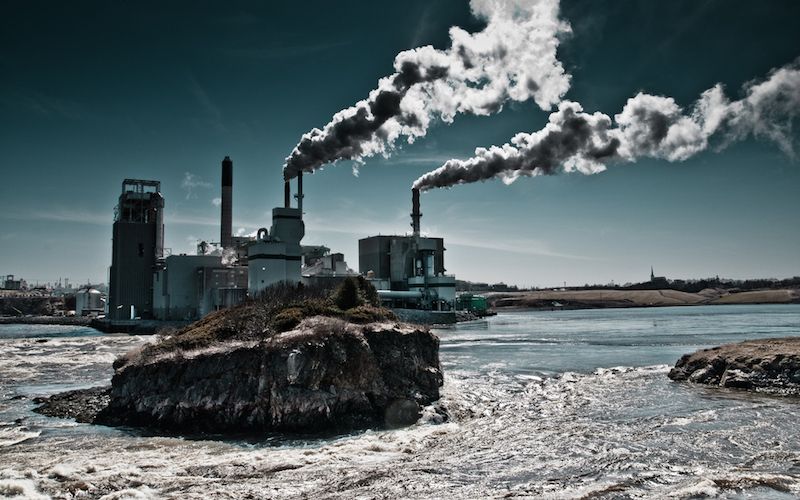
WHAT IS WATER POLLUTION AND HOW IT OCCURS?
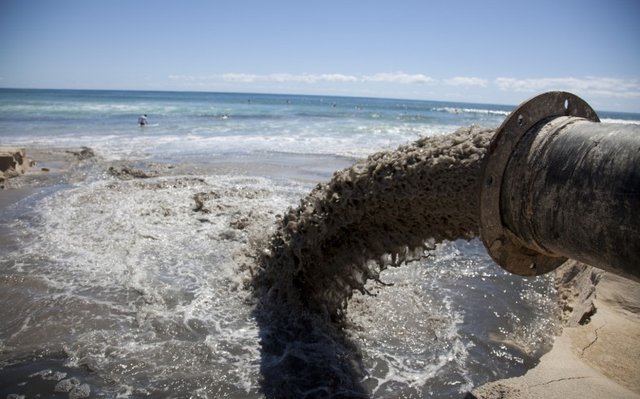
Its answer is so simple. When water loses its natural composition owing to encroachment of any unwanted compound into it then it does not remain as pure water and called the polluted water. This situation in the water is widely termed as the contamination in water which literally means the poor quality of water.
Water pollution has become global issue. Wherever there is water, pollutants are contaminating it in one way or on another and are causing water pollution. On the two-third part of this planet there is water and rest of the one-third comprises of the land. It means the water pollutants are so huge in size and so harmful in effects that they are damaging the natural features of huge amount of water available in the world and depriving us of the opportunity to consume the pollution-free water.
All the sources of the water including oceans, seas, rivers, lakes, ponds, canals, streams etc are the worst hit of water pollution. The question arises here; who is polluting the water? Unfortunately we all human beings are contributing in one way or other, knowingly or unknowingly in polluting the water. It means all the human activities and their impacts are causing water pollution all across the globe.
A few decades ago there was no any serious threat of water contamination and as intense as it is nowadays. No doubt there was the problem of water contamination during older times but it was quite nominal. Thanks to the rapid industrialization and the urbanization all over the world which unleashed the menace of the water contamination. Does it mean the development is responsible for this havoc?
Causes of Water Pollution in India
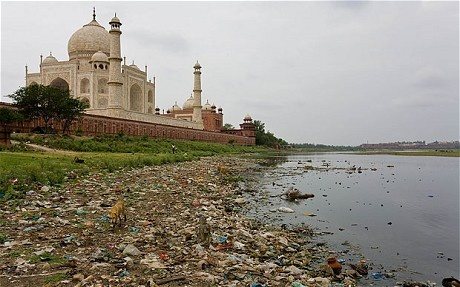
1. Urbanisation:
Rapid urbanisation in India during the recent decades has given rise to a number of environmental problems such as water supply, wastewater generation and its collection, treatment and disposal.
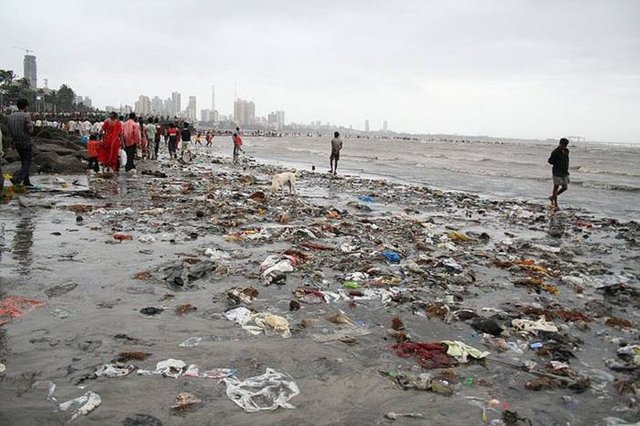
Many towns and cities which came up on the banks of rivers have not given a proper thought to problem of wastewater, severage, etc
In urban areas, water is tapped for domestic and industrial use from rivers, streams, lakes, ponds, wells, etc. Nearly 80% of the water supplied for domestic use passes out as wastewater. In most cases, this wastewater is let out untreated and causes large scale pollution of the surface water.
A part of it percolates into the ground and contaminates the ground water. Class I cities (cities with population above one lakh) generate as much as 16,662 Mid (Million litres per day) of wastewater. About 70% of the population of class I cities is provided with sewerage facility. The Ganga river basin contributes about one-third of the total wastewater of India.
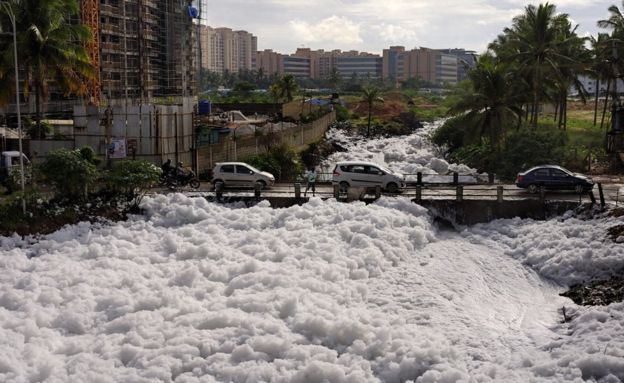
As per the latest estimate out of 23 thousand MId of wastewater generated, only six thousand Mid (i.e., about 26%) is treated before letting out, the rest is disposed off untreated. The level of treatment available in cities with existing treatment plant varies from 2.5% to 89% of the sewage generated.
2. Industries:
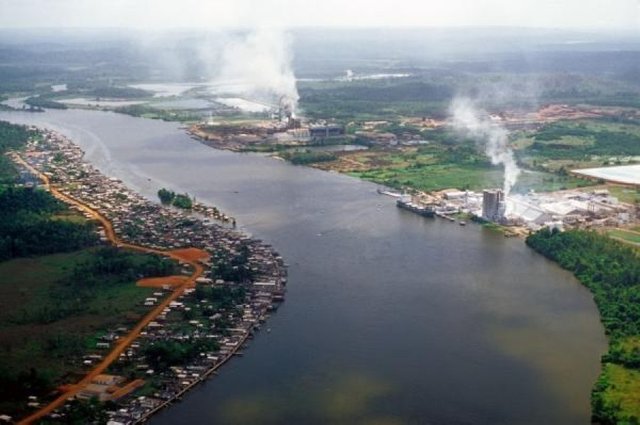
Most Indian rivers and other sources of fresh water are polluted by industrial wastes or effluents. All these industrial wastes are toxic to life forms that consume this water. The total wastewater generated from all major industrial sources is 83,048 MId which includes 66,700 Mid of cooling water generated from thermal power plants
Out of remaining 16,348 mid of wastewater, thermal power plants generate another 7,275 Mid as boiler blow down water and overflow from ash ponds. Engineering industries comprise the second largest generator of wastewater in terms of volume. Under this category the major polluting industries are electroplating units.
The other significant contributors of wastewater are paper mills, steel plants, textile and sugar industries. The major contributors of pollution in terms of organic load are distilleries followed by paper mills. Figure 9.8 shows the volume of wastewater from different industries in India.
3. Agricultural runoff and improper agricultural practices:

Traces of fertilizers and pesticides are wasted into the nearest water-bodies at the onset of the monsoons or whenever there are heavy showers. As the point of entry of such agricultural inputs is diffused throughout the river basin, they are termed as non-point sources of pollution. Although irrigation has increased considerably in the country, little precious has been done to tackle the problem of the high salinity return water.
This is the situation in Punjab and Haryana. In Haryana, the 40 km long drain No. 8 pours 250,000 kg/day of chlorides into the Yamuna to raise the chloride concentration in the river from 32 mg per litre just upstream of the drain confluence to 150 mg per litre just downstream of it. And most of these chlorides are from agricultural return flows.
4. Religious and Social Practices:
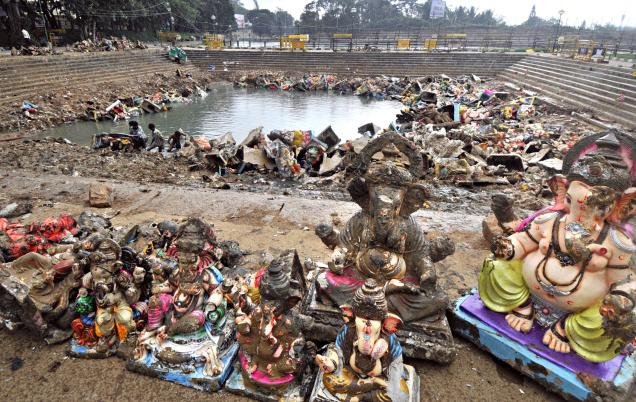
Religious faith and social practices also add to pollution of our river waters. Carcasses of cattle and other animals are disposed in the rivers. Dead bodies are cremated on the river banks. Partially burnt bodies are also flung into the river. All this is done as a matter of religious faith and in keeping with ancient rituals. These practices pollute the river water and adversely affect the water quality.
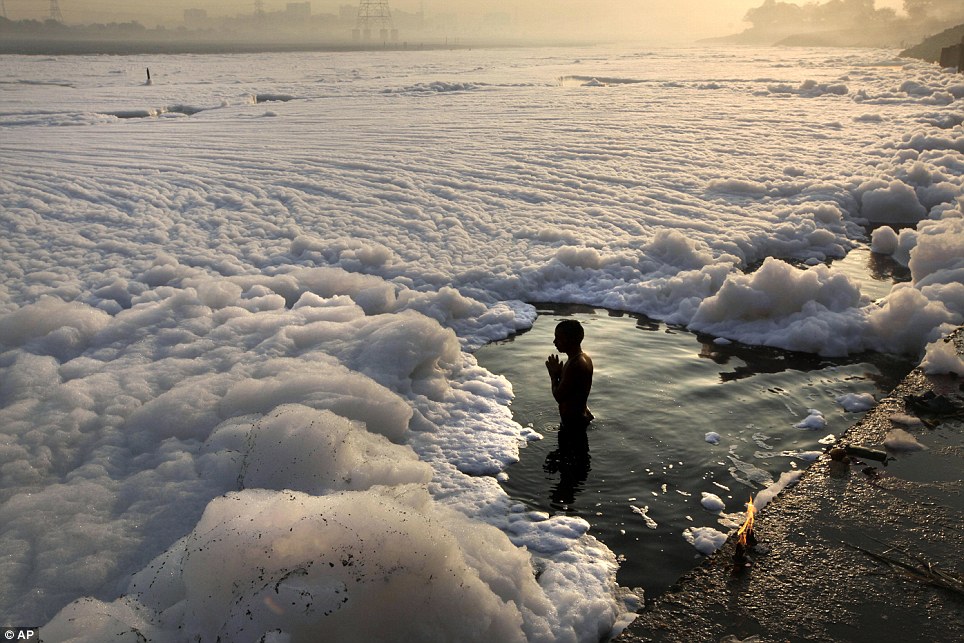
thanks upvote and resteemit
save water save life
Very nice post @abhishek587 Upvoted following you. please follow me and upvote my posts if you like. Thank you.
Congratulations! This post has been upvoted from the communal account, @minnowsupport, by abhishek587 from the Minnow Support Project. It's a witness project run by aggroed, ausbitbank, teamsteem, theprophet0, someguy123, neoxian, followbtcnews/crimsonclad, and netuoso. The goal is to help Steemit grow by supporting Minnows and creating a social network. Please find us in the Peace, Abundance, and Liberty Network (PALnet) Discord Channel. It's a completely public and open space to all members of the Steemit community who voluntarily choose to be there.
This post has received a 0.45 % upvote from @drotto thanks to: @banjo.